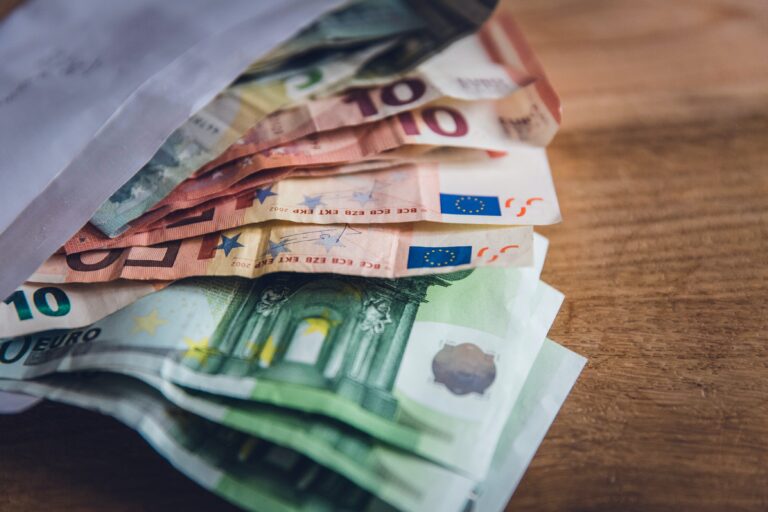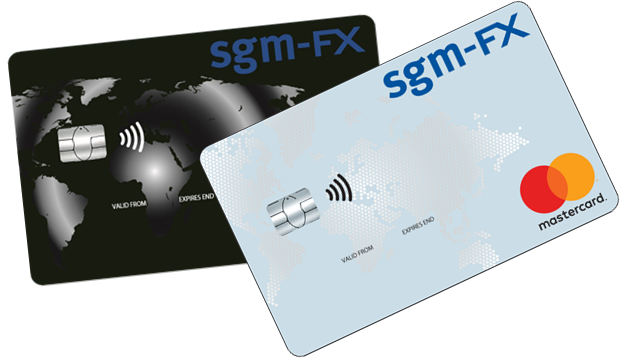
Morning Brief – Aussie down a cent
The Reserve Bank of Australia (RBA) published its latest monetary policy decision overnight. The concept of buy the rumour sell the news is not new in markets. It refers to the idea of market forces driving up (or down) the price of an asset in anticipation of a future event. But then upon realisation of that event, taking profit or liquidating those positions pushing the price move into reverse. Despite being a common theme in markets, the RBA’s decision last night represented a particularly severe example of buying the rumour and selling the fact.
Australia is one of those economies showing strong recovery as the economy (very slowly in the case of Australia) opens up post-pandemic. The normalisation in economic growth, improvements in wage growth, and the growth in the price level in general have led to expectations of monetary tightening within Australia. The RBA had largely used four tools to keep monetary policy in a sufficiently accommodative space to support the economy throughout the pandemic. Those included the now standard three tools of benchmark interest rate setting, a mindful rhetoric surrounding forward guidance, and a healthy quantitative easing/asset purchase program. The fourth tool was somewhat more exceptional and only seen in a handful of economies across the globe (notably in Japan): yield curve control.
Aside from open market engagements from the central bank to support the QE program, the RBA had granted itself permission to intervene as a player in the fixed income markets when short term paper drifted above its target level. The most recent target was to not allow three-year Aussie bonds to trade above a yield of 0.1%, to ensure short-term financing conditions remained favourable within the state. Buying the rumour, markets launched at this portion of the yield curve last week expecting that the RBA may choose not to defend it in anticipation of the upcoming monetary policy decision. Those speculators that drove the 3-year yield above 0.1% last week were right, the RBA did not intervene stoking expectations further surrounding last night’s policy decision.
Of course, as expectations of monetary tightening in Australia grew alongside these events, so too did the Aussie Dollar rise in value. Unfortunately for the currency, the only change that the RBA made was to this yield curve control policy instrument. The central bank was even seen to kick the can further down the road with respect to more meaningful and subsequent monetary normalisation. Expectations that had built up based upon rumour of tightening in Australia were seen to be overplayed. In typical fashion, markets dumped the Aussie Dollar last night, selling the news of the decision. The announcement could forebode a similar decision at the Bank of England this week translating into a mildly weaker GBP today.
Discussion and Analysis by Charles Porter

Click Here to Subscribe to the SGM-FX Newsletter
Related Insights

Daily Brief – A weaker Dollar: Trump vs. Powell
A weaker Dollar: Trump vs. Powell The Dollar continued to lose ground yesterday as the truce between Israel and Iran appeared to continue to hold. There has been a noticeable return to focus upon macro and monetary influences in major currency pairs. Yesterday, Fed Chair Jay Powell provided his semi-annual monetary policy report before the […]

Daily Brief – Big Girls Don’t Cry
Big Girls Don’t Cry A bond market tantrum and one of the sharpest one day sell offs in Sterling for several years appear to have been catalysed by the Chancellor’s appearance in PMQs yesterday. First: the back story. This Labour government has faced some embarrassment in recent weeks trying to get its welfare bill through […]

Daily Brief – Next level
Next level EURUSD has managed a relatively smooth ascent to its current levels, around 1.18. That is despite significant resistance levels, most notably around 1.17. A large collection of option strike prices gathered around this key level and the price history of the pair shows us its significance. Sustained closes above this level since last […]



 Charles Porter
Charles Porter